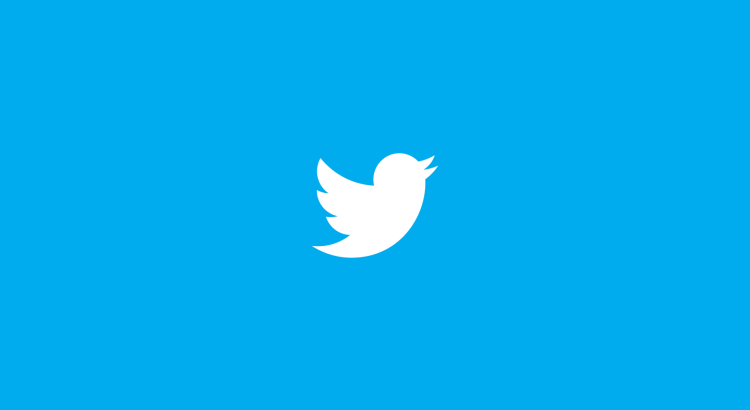
Photo Credit: Google Images
Under increasing pressure from Wall Street investors to show results, Twitter is now pulling out all the stops. One new idea is a service called Twitter Blue that would essentially be a paid, subscription-only form of Twitter. For the low, low price of just $2.99 per month, you’d get access to special, premium-level services. If enough users convert to the paid Twitter Blue service, it could potentially represent a huge new source of income for the troubled social media giant. In 2020, Twitter reported a net loss of $1.1 billion, so any new income flowing through the company on a monthly basis could help to pacify Wall Street investors.
Pricing for Twitter Blue
Do the math, and you can see why the $2.99 monthly price makes sense. Twitter has nearly 300 million Monthly Active Users (MAUs), so what happens if 100 percent of these users convert to paid Twitter Blue? That’s 300 million x $2.99, or nearly $1 billion per month. Of course, it’s unrealistic to assume 100 percent adoption rate for anything, so let’s adjust that downward to about a 10 percent adoption rate (for the so-called Twitter super users). That’s still about $100 million per month, or about $1 billion per year. And that’s exactly what Twitter is losing each year right now! Add a subscription service, and Twitter might be able to dig its way out of a billion-dollar hole.
Key features of Twitter Blue
But would people actually pay for Twitter Blue on an ongoing basis? To answer that question, it’s important to consider what Twitter might offer as part of this new premium service. One key feature is something called “Collections,” which is really just a way to organize tweets into collections. You would be able to save and organize your favorite tweets into Collections that would be easier to find later. Another premium feature would be an “Undo Tweet” button. You know that crazy tweet that you are firing off at 4 am in the morning? You’d be able to undo that.
And Twitter could add plenty of new features to Twitter Blue, simply based on the number of acquisitions that the company has been making recently. For example, Twitter acquired Revue, a newsletter provider, back in January. That might be a way to offer premium, newsletter-based services to users. And in May, the company acquired Scroll, which helps to remove ads from news websites. So Twitter might be able to give users a premium, ad-free user experience.
Too little, too late
While all of these features might be “nice to have,” are any of them really “must have”? Will people actually be willing to fork over $2.99 per month to get them? If there’s one big, overarching lesson of the Internet, it’s that people are very unwilling to pay for something that they have gotten for free. On the Internet, nobody wants to pay for anything, and convincing people to pay for Twitter could be a lot harder than you think. As soon as Twitter announces a paid product, do you really think that Facebook is not going to roll out a paid option also? And so will every other social media company out there.
In many ways, a subscription-based plan sounds like a failed “old media” strategy. It’s what old publishing giants are doing right now – they are begging people to support their websites with subscriptions. Right now, Twitter is just a huge, ad-support business. In 2020, for example, 86 percent of the company’s revenue came from advertising. So it’s going to be hard to turn things around when you are that dependent on advertising.
Final thought
One thing is clear: the time is now to show growth in revenue for Wall Street. Twitter Blue is a nice idea, but it’s unclear if Twitter is going to be able to pull this off. Remember – the company has already dropped the ball with both Vine and Periscope – and both of those were also widely hailed as potential new revenue streams for the company. Twitter needs some form of alternative income, but it might need to get a lot more creative than just settling for a subscription-based model.